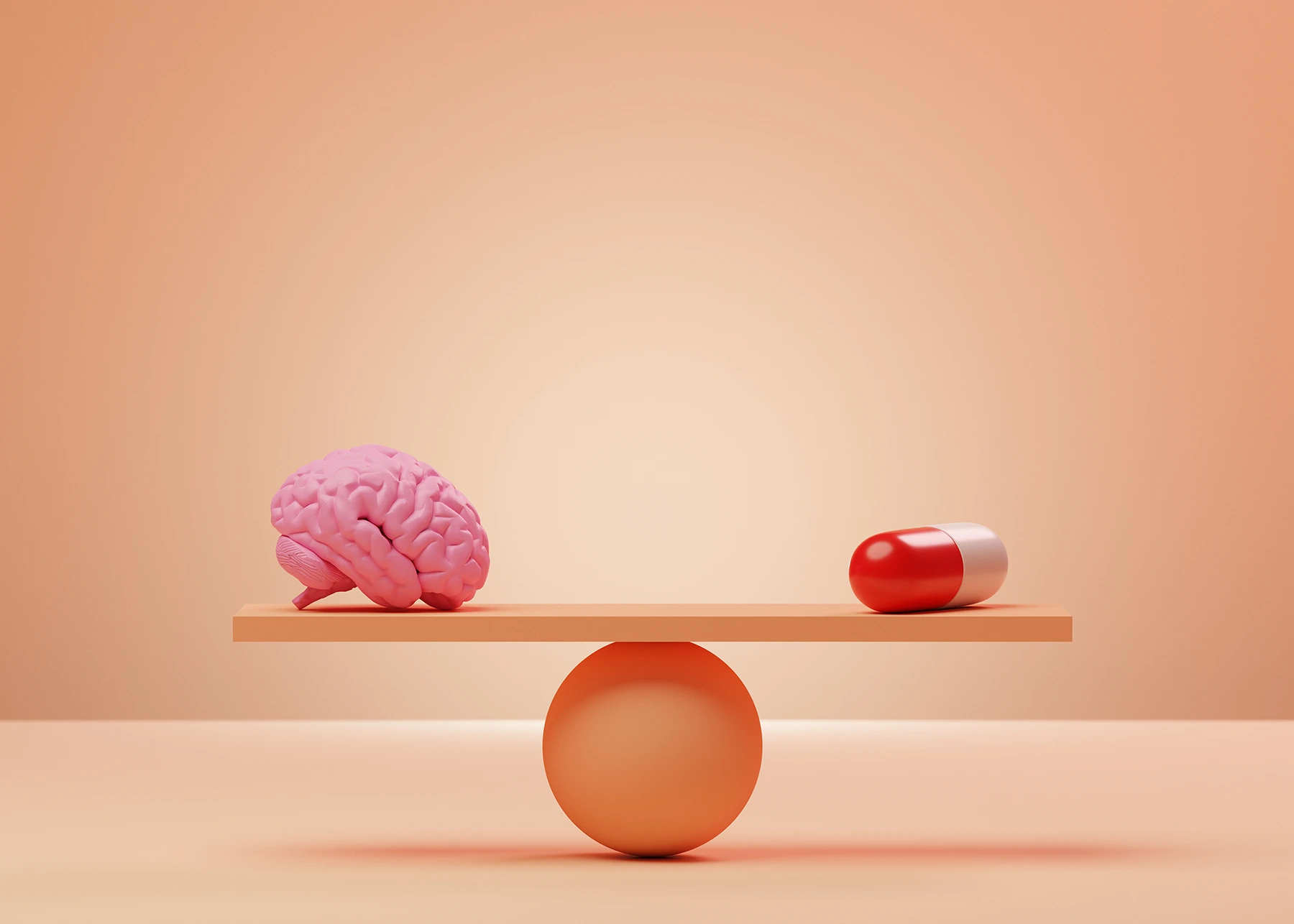Does the Placebo Effect Work?

The human mind is a mysterious thing. Even difficult circumstances become more manageable with the right mental outlook. The placebo effect is the perfect example of this principle.
Take two groups of people participating in a clinical trial. One group takes a new medication being tested by researchers; the other takes a sugar pill. Neither group knows whether they’re taking a real or stand-in drug, yet both experience benefits.
Does this mean that the so-called placebo effect is real?
“The act of taking a pill that is supposed to alleviate pain triggers the brain; it alters your thoughts, emotions, and memories. There is evidence that the placebo effect is absolutely effective,” says Mary Ishii, Psy.D.
Dr. Ishii is a clinical psychologist at the Jackson Memorial Hospital Burn Center, part of the University of Miami Health System. She also serves as a voluntary assistant professor at the University of Miami Miller School of Medicine.
Science backs up Dr. Ishii’s belief. Given the proper circumstances, researchers have found that a placebo can be as effective as medication for pain management, stress-related insomnia, and certain side effects of cancer treatment. In some instances, it can even lower blood pressure, change heart rate, and improve bloodwork results.
There is a footnote, however. “A placebo may address some symptoms, but the underlying condition is still there,” Dr. Ishii says. It might alleviate your perception of back pain but can’t heal a compressed disc. Likewise, it might reduce fatigue and nausea from chemotherapy, but it won’t cure cancer. “A placebo may alter the state – your symptoms, but not the trait – the illness or condition,” Dr. Ishii says.
In the past, when the placebo effect surfaced in clinical trials, researchers considered the test drug a failure.
“If the study isn’t able to show a significant difference between the placebo and the medication, the drug ‘fails,’ meaning it’s not able to prove that it’s a lot better than a ‘sugar pill.’ The drug may still be effective; however, the study does not justify taking the drug instead of a placebo,” Dr. Ishii says.
Clinicians, however, are beginning to recognize the validity of a non-pharmacological response. The medical community, Dr. Ishii says, has become more accepting of non-traditional approaches to pain management. “I see burn patients in the hospital to see how they’re coping with treatments such as dressing changes, which can be painful. I try to make things more tolerable through the use of hypnosis, biofeedback, and other techniques. I’m getting more referrals for hypnosis; it is being recognized as a means to lower pain, stress, and hypertension.”
People coping with pain can gain valuable insights from Dr. Ishii’s work with burn patients.
She uses a variety of techniques, including:
Distraction.“I tell patients to watch funny movies. Laughter releases endorphins.”
Relaxation.“If you’re tense, it increases your perception of pain. Many burn victims have survivor’s guilt, or they’re angry and blame someone for what happened to them. Negative emotions increase negative symptoms. Studies show that when you are in a relaxed, happier state, it is easier to access happier memories. When one is experiencing ‘negative’ emotions, such as depression or anger, it is very difficult to access opposite memories or thoughts. In addition, there are studies that show different areas of the brain are activated when we’re happy versus sad. If a ‘sad’ area is already activated, switching over to ‘happy’ will take energy and something strong enough to capture the brain’s attention.”
To help patients relax, Dr. Ishii may use hypnosis, biofeedback, meditation, or distraction techniques. Citing the effectiveness of hypnosis, Dr. Ishii says, “Burn patients who do laser treatments say that hypnosis alters their perception of pain.” Laser treatments help heal scars, but can be uncomfortable, depending on the extent of the burn and the patient’s pain tolerance.
Set limits. Ruminating over difficult situations can initiate a downward emotional spiral. “When my patients go home from the hospital, I warn them to set aside a time limit for negative thoughts.” Limiting those thoughts to 10 minutes a day, for example, can improve your mental and physical health.
Reframing thoughts. If a patient needs additional help, Dr. Ishii can schedule counseling. “We help them deal with intrusive thoughts, nightmares, and PTSD. Working with a therapist helps prepare them for when they leave the hospital.” It can be challenging to reframe your outlook if you struggle with chronic pain. Asking for help is one way to deal with this challenge.
Although prayer is not on the official list of pain management treatments, Dr. Ishii believes it can alleviate suffering. “Studies on the power of prayer show that it is something people can do to help themselves and to impact their attitude.”
The “nocebo” effect
While a placebo is helpful in certain situations, some people experience the “nocebo” effect – they get headaches after learning that headaches are a possible side effect of their new medication. To counteract this, doctors must use their words wisely, Dr. Ishii says. “Providers need to educate patients when describing side effects. The body is adjusting to the medication; the side effects will diminish over time.”
Although it can’t cure cancer or repair a fractured femur, the placebo effect is real. Harnessing its potential is one more tool you can use to heal your body, mind, and spirit.
Nancy Moreland is a regular contributor to the UHealth Collective. She has written for several major health care systems and the Centers for Disease Control. Her writing also appears in the Chicago Tribune and U.S. News & World Report.
Tags: control group, pain relief, placebo groups, placebo response, research in Miami
